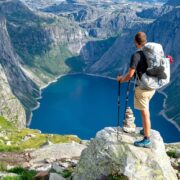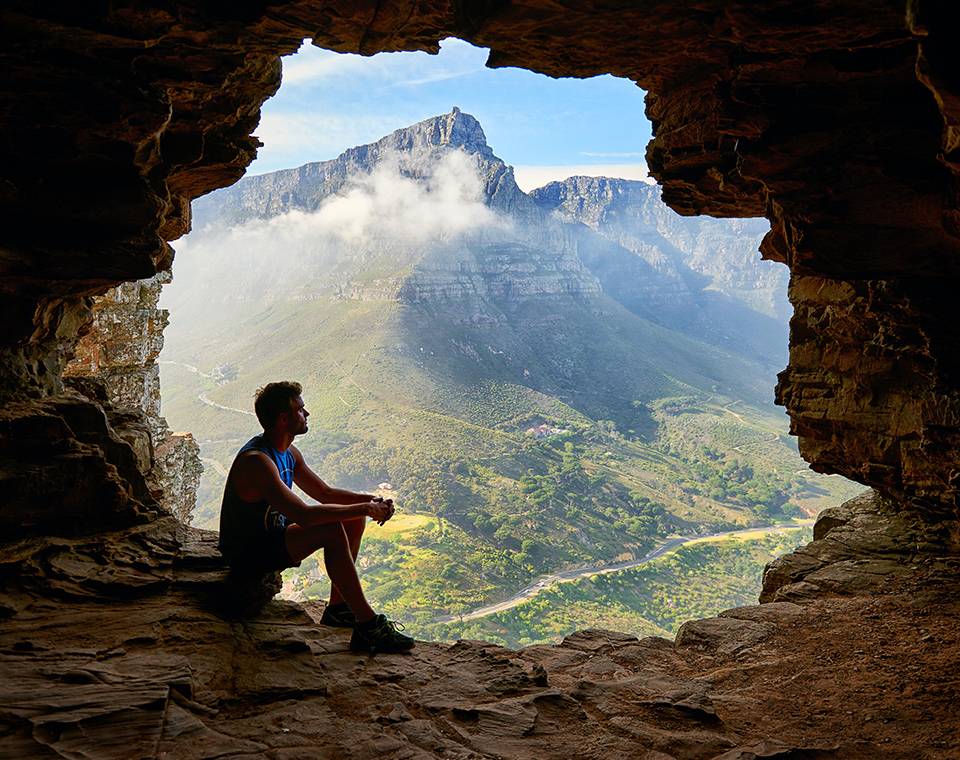
Where to Experience the Endangered Wildlife of East Africa
The third Friday in May marks Endangered Species Day. A global day of action and awareness, implemented in 2006, to shine a spotlight on wildlife conservation and restoration efforts around the world, and advocate for the ongoing protection of wildlife.
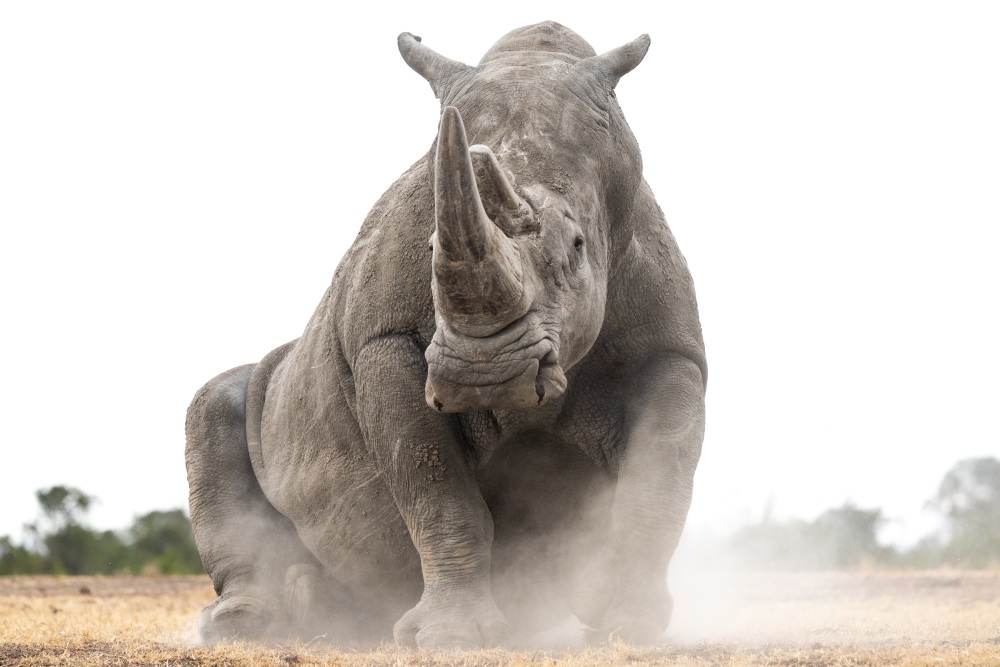
The IUCN Red List
The International Union for Conservation of Nature (IUCN) is a global environmental organisation that works to protect and conserve the planet’s biodiversity. This is achieved through the promotion of effective land management, addressing climate change, and focussing on sustainable development where environmental considerations go hand-in-hand with economic decisions. However, it is the “IUCN Red List” that is most frequently referenced. This database, founded in 1964, has become the world’s most comprehensive inventory on the global conservation status of all animal, fungi, and plant species.
Many conservation initiatives are funded through the generation of park fees and conservation fees build into the costs of a safari. Through tourism, important conservation work receives vital funding for the ongoing protection of wildlife and the habitats they need for survival. This Endangered Species Day, we take a look at some of the endangered wildlife that can be found in East Africa, and which of our camps are best suited for the full enjoyment of the experience.
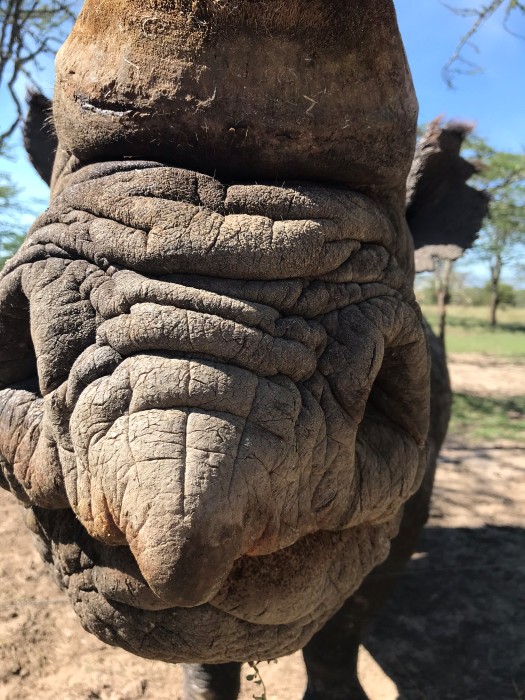
Eastern Black Rhino and Northern White Rhino
Up until 2024, the Eastern Black Rhino was listed as “Critically Endangered” on the IUCN Red List. The rate of decline in population numbers since the 70’s when there were an estimated 35,000 animals in existence, to an all-time low of just 2,350 in the late 90’s, qualified the species to be listed as Critically Endangered despite their numbers steadily increasing. Today, there are more than 6,000 black rhino in existence which, although a far cry from their initial numbers, shows a marked improvement in their population. This population growth, coupled with the conservation efforts in place to support the species recovery, saw the listing being downgraded in 2024 to “Largely Depleted”. This is a conservation success story that would not have come about without the efforts of private conservancies like Kenya’s Ol Pejeta Conservancy.
A less successful story revolves around the plight of the Northern White Rhino. Assumed to be extinct in the wild, the last two known Northern White Rhino reside under 24-hour armed guard within an endangered wildlife enclosure in the Ol Pejeta Conservancy. These last two females are listed as “Critically Endangered (Possibly extinct in the wild)”, as there are no surviving males to produce offspring. That said, efforts are still underway to find an assisted reproduction technique that could prevent total extinction of the species. Oocytes have been collected from the two females, and sperm cells were collected from five males prior to their deaths, with the hope now that some form of IVF treatment can successfully develop embryos which could be implanted in surrogate Southern White Rhino. There will be a long journey ahead in this quest to save a species, but inroads have already been made in creating these embryos in the lab.
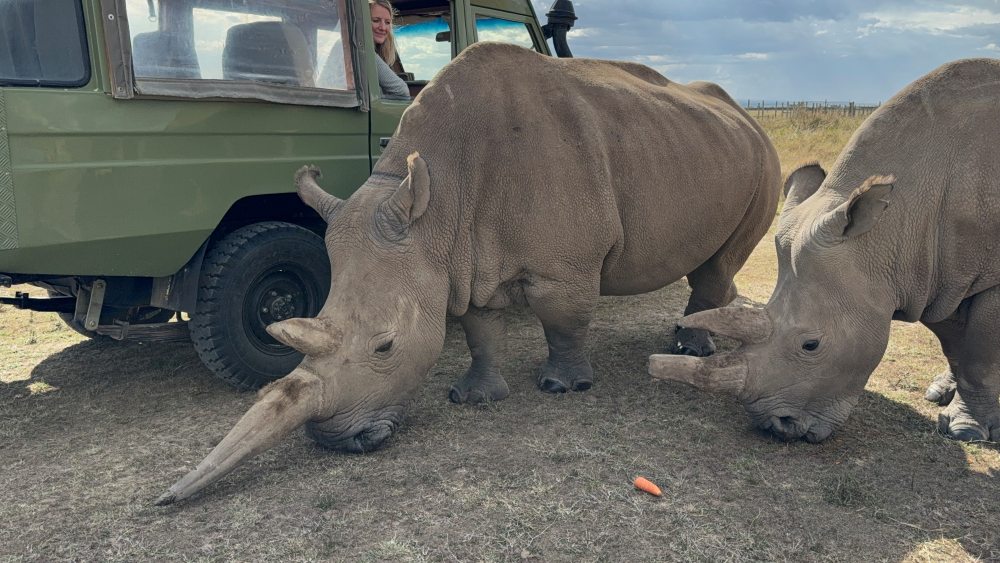
The Ol Pejeta Conservancy lies 200kms north of Nairobi in the shadow of Mount Kenya. Daily flights from Nairobi, or a scenic four-hour journey by car, makes the conservancy easily accessible, allowing for ease of inclusion into most Kenya safari itineraries. Ol Pejeta Bush Camp, set on the banks of the Ewaso Nyiro River and overlooking regular watering points, offers a traditional under-canvas safari experience within this unique and diverse landscape. In addition to daily game drives and night drives, a variety of activities are available through the conservancy, including a meet-and-greet with the K9 anti-poaching units, and lion tracking using telemetry equipment to monitor the location and movements of collared lion within the conservancy.

Mountain Gorilla
In 2018, the IUCN downgraded the rating of mountain gorilla from Critically Endangered, to Endangered. Estimates reflected substantial population growth since the previous assessment in 2008, confirming the conservation efforts implemented by the governments of Uganda, Rwanda, and DRC as successful. While the message is positive, it still comes with a heavy warning that all protective measures should be kept in place and adhered to, such as the wearing of masks when viewing gorillas in order to prevent the transmission of disease which could reverse the conservation gains already made. Poaching and habitat degradation continue to threaten their protection, as both illegal human entry into their habitat and the continued cutting of vegetation by communities living along the forest periphery further restricts their available area for occupation.
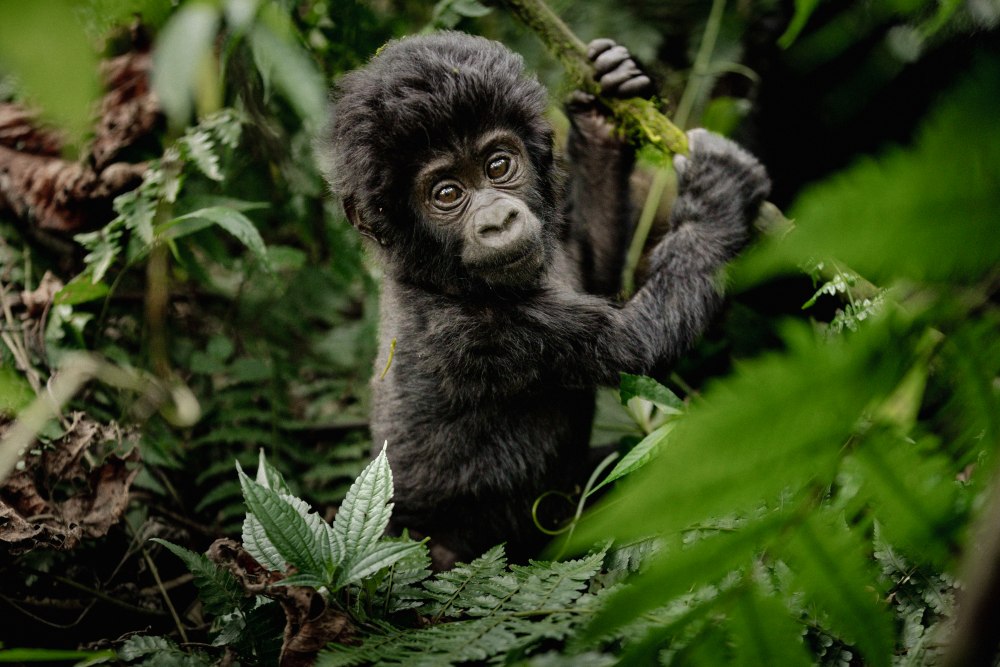
Bwindi Impenetrable National Park is a UNESCO World Heritage Site in southwest Uganda, and home to approximately half the world’s population of mountain gorilla. Erebero Hills, set to open in 2026 on the northern fringes of the forest, will combine sustainable luxury with the thrill of observing mountain gorilla in their natural habitat. Built in close consultation with the surrounding communities, there are a variety of community led initiatives underway to enhance the sustainable nature of the lodge. One such initiative, the reforestation project, aims to create a buffer zone between the edge of the national park and the local communities. This buffer zone not only expands the habitat of the forest but also creates access to some of the plants and trees used by local communities for traditional medicine. The new forest will provide a connection to both nature and cultural heritage for the Batwa and Bakiga people, as well as extending and protecting the habitat of the endangered mountain gorillas and other species that reside in the forest.

African Wild Dog
According to the IUCN, African wild dog have disappeared from much of their former range. They have been classified as “Endangered” since 1990, with numbers steadily declining as a result of habitat fragmentation, human wildlife conflict, and infectious disease. The global population is estimated at 6,600 individuals, but there is concern around the future of this population as their numbers are decreasing rather than increasing. Their scarcity makes them a unique and highly sought after wildlife encounter for many safari enthusiasts, often being a key motivator for safari ventures to the specific areas in which they reside.

One of these areas is Nyerere National Park in southern Tanzania. This sprawling expanse of land offers the ideal territory for wild dog as they prefer hunting in open areas such as savannas, scrublands, and woodland forest. Known to be a stronghold for African wild dog, the park holds a significant portion of the global population and is home to one of the largest populations in Africa. Roho ya Selous, meaning “heart” or “soul” of the Selous, was aptly named for its ideal location within one of the core game viewing areas of the park. Positioned on a small peninsula jutting into Lake Nzerakera, the camp frequently experiences an assortment of wildlife passing in close proximity as they make their way to the water’s edge. The location offers a diverse mix of activities, from morning game drives across the plains in search of wild dog, to informative walking safaris along the lake shore and sunset boating excursions on the water.

African Bush Elephant
The African Bush Elephant, or African Savanna Elephant, is one of the most iconic wildlife species of an African safari experience. Their battles against poaching have been widely publicised, and there are many conservation projects dedicated to their protection. Today, there are thought to be around 415,000 African elephant remaining in the wild. This may not seem like a number that should cause too much concern, but it’s the speed at which the population has decreased that has put the African Bush Elephant onto the “Endangered” list. Just 100 years ago, there were an estimated 10 million African elephant. The rate of decline, coupled with the finding that the population numbers are still declining, is what has pushed this species into the endangered territory space, despite the incredible number of these giants you can encounter across East Africa. While there are fortunately still many locations in East Africa where these giants of the savanna can be enjoyed, there is one destination that stands out for the sheer enormity of the herds that can be seen.

Tarangire National Park is an established member of Tanzania’s “northern circuit”. In conjunction with surrounding Wildlife Management Areas, Kwakuchinja Corridor, and Lake Manyara National Park, an important elephant migratory corridor exists that serves a crucial function during the height of the dry season. As availability to water supplies dwindle, the permanent water source of the Silale Swamp in southern Tarangire attracts wildlife from across the region, including elephant. As human communities settle and create farmlands, fences, and roads, these migratory corridors that allow wildlife access to water throughout the year become increasingly important.

When the daytime temperatures begin to climb, herds of up to 100 individuals can be seen making their way from their overnight feeding grounds towards the cool waters of the swamp. Here they will bathe and wallow, staying cool and hydrated throughout the hottest part of the day, before retreating to feeding grounds as the temperatures drop off towards evening. Oliver’s Camp, located in the south of the park in close proximity to the Silale Swamp, is perfectly positioned to enjoy the spectacle of Tarangire’s elephant. Due to resident elephant taking a liking to the fresh water of the camp’s swimming pool, a watering hole was created to ensure the elephant refrain from using camp facilities, whilst providing our guests with incredible wildlife sightings from the comfort of camp.
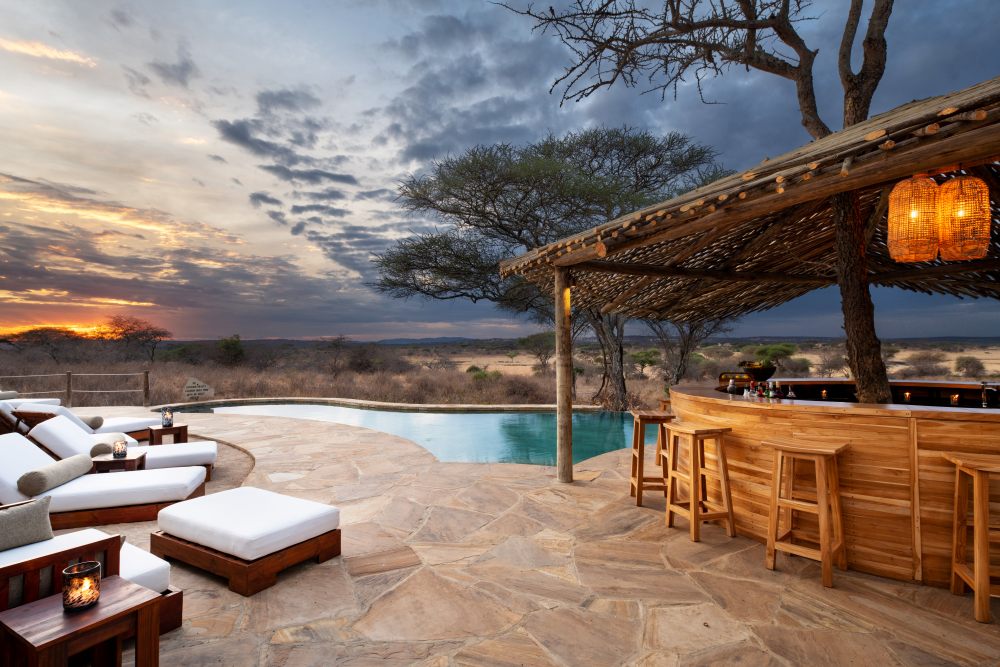
Chimpanzee
Despite chimpanzees being the most abundant and widespread of the great apes, the declines that have occurred in their population are expected to continue, which is why they qualify for an “Endangered” listing by the IUCN. Their population trend is labelled as decreasing, primarily attributed to poaching, infectious disease, and the loss of both habitat and habitat quality as a result of expanding human activities. Mining and logging are the primary factors in the destruction of habitat, while hunting for bush meat and the illegal pet trade continue to remove individuals from the wild.
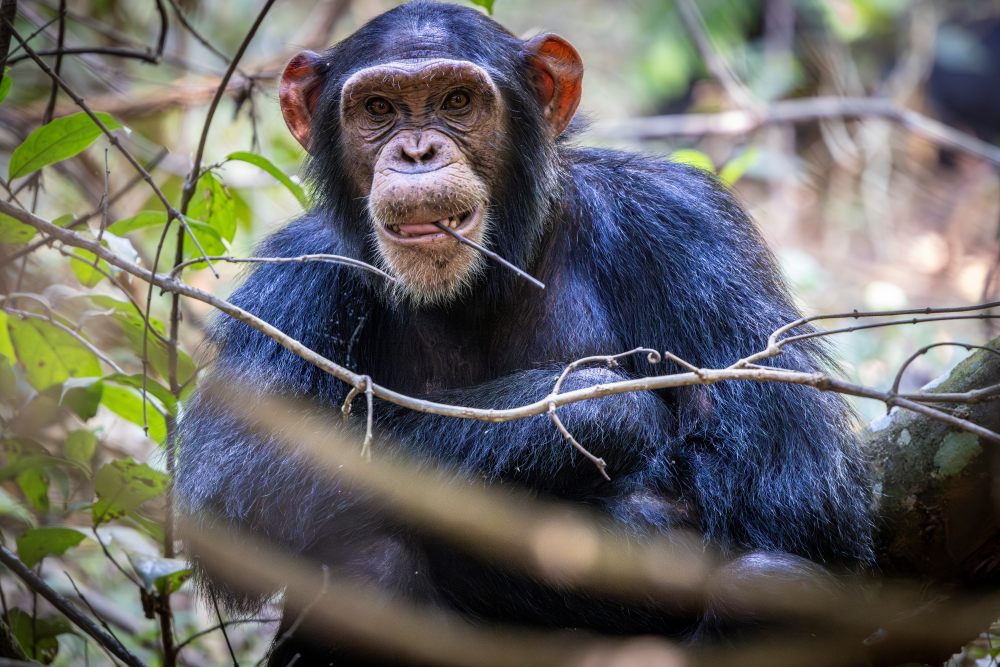
In complete contrast to the outlook of the IUCN, Rubondo Island boasts of a success story for the chimpanzee population. Between the years of 1966 – 1969, German zoologist Bernhard Grzimek introduced seventeen chimpanzees to Rubondo Island, nearly all of which had been rescued from European zoos and circuses. The population rewilded quickly, adapting to the wild and returning to their natural behaviour. Today, the population stands at nearly 70 individuals, split between two troops which reside in the north and the south of the island. The process of re-habituating these wild animals to the presence of humans has been a slow process, especially as it was approached purely through the daily exposure to human presence and without the aid of food.
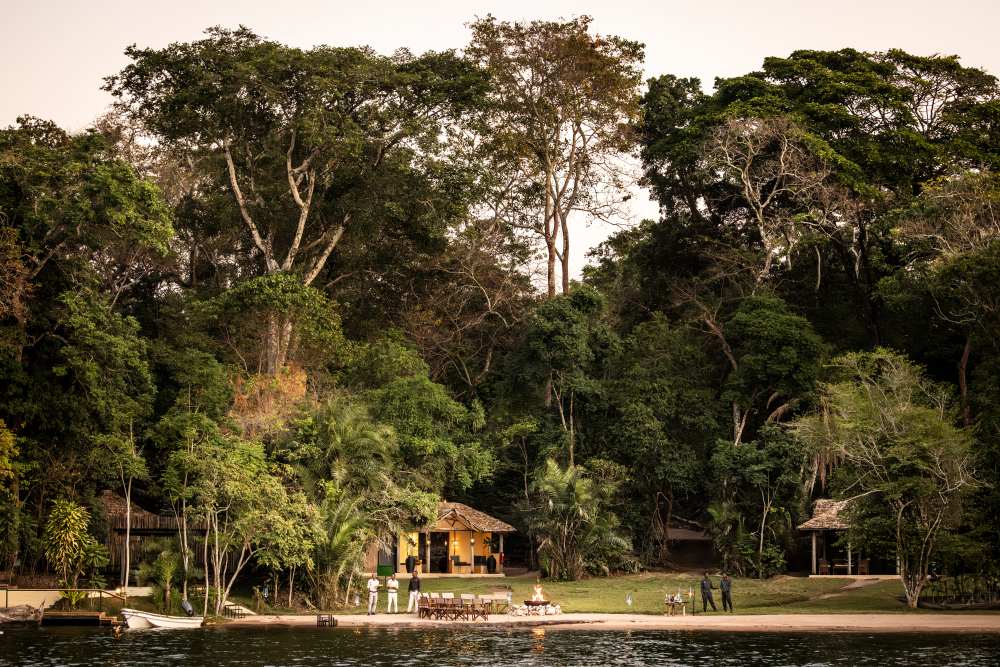
Today, the northern troop provides visitors to the island with frequent sightings. The chimps are fast moving through the jungle-like undergrowth, and they can be difficult to keep up with if they are on the move, but guests to Rubondo Island Camp have achieved an almost 100% success record in managing to view the chimps on tracking expeditions into the forest. Located just a short flight away from the Serengeti, Rubondo Island offers a complete change of pace to both the look and feel of your safari experience as you trade the wildlife of the short-grass plains for the primates of an equatorial rainforest.
While it’s a sad thought that the impact of humans is resulting in the threat of extinction to so many species, one can take comfort from knowing that through the mechanism of tourism, funds are being generated to assist in the protection of these threatened species. When you choose to travel with purpose, you choose to make a positive contribution.
Recent Posts
Top Safari Activity Alternatives to Game Drives
The Cradle of Mankind: East Africa’s rich history
Africa’s Hidden Safari Gems: Where to Go on Your Second Journey
All Categories

Thailand




